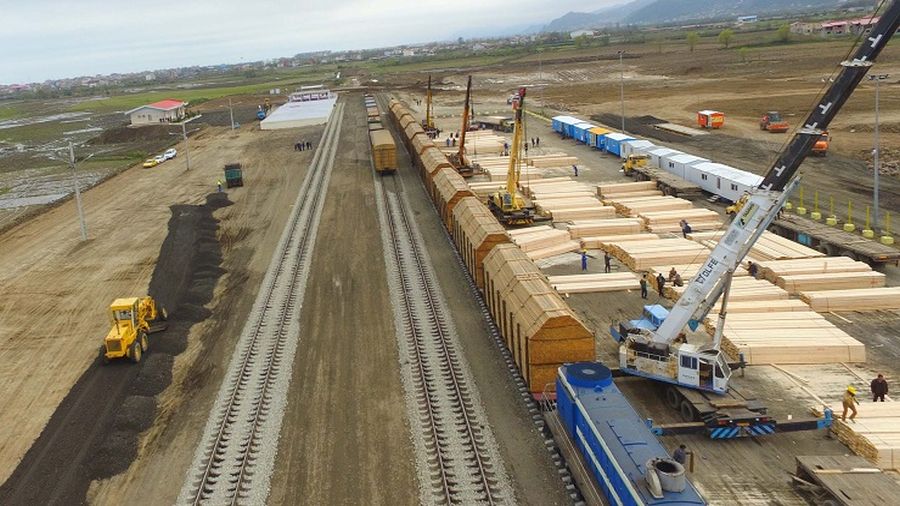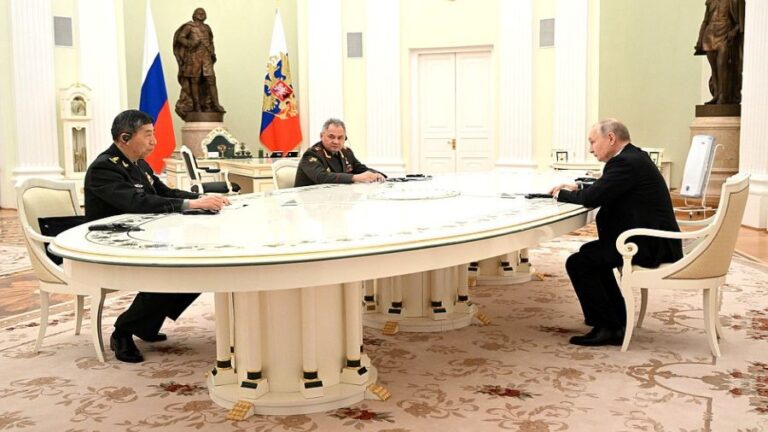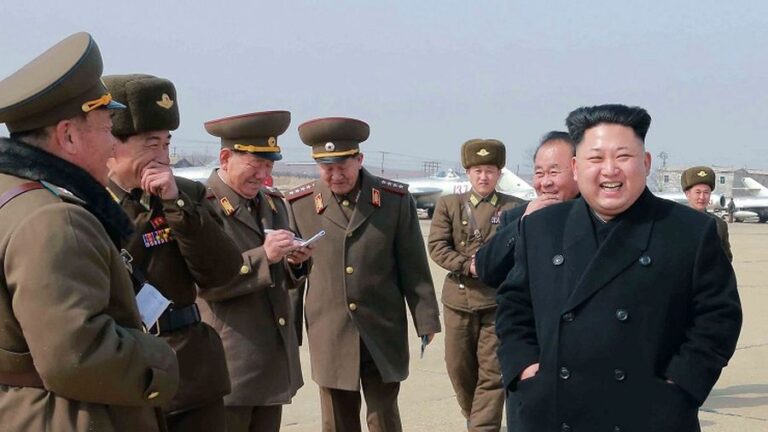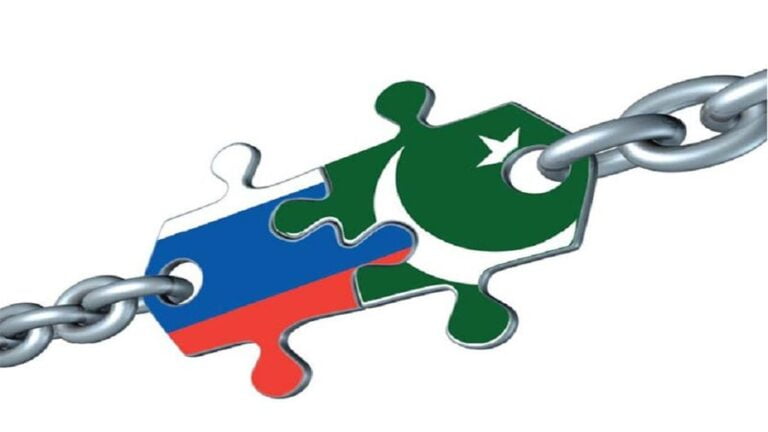Russia Develops Transport Corridors to Solve Logistical Problems
Speaking at the St. Petersburg International Economic Forum (SPIEF) in June, Russian President Vladimir Putin announced Russia’s emphasis on developing transport corridors to solve logistical problems and help businesses. In particular, the President emphasized that cargo flows along the North-South transport corridor will soon begin to grow steadily, providing sustainable channels of communication with the Middle East and South Asia. Russia is also increasing the capacity of its railways, transshipment capacity of ports in the Arctic in the eastern, southern and other directions, including in the Azov-Black Sea and Caspian basins, which will be crucial sections of the North-South corridor.
Due to changes in international logistics, the Russian authorities are building international transport corridors towards Asia at an accelerated pace, and are developing domestic routes to link different parts of the country. In addition, options are now being considered to change the route of the Meridian highway, together with the South-East Chord. Among other things, the North-South and West-East transnational corridors are being actively developed. For the first of these, the main work has already been completed and the project will be finished within three years. Ultimately, the North-South transport corridor will extend to the southern regions of Russia: to Krasnodar Krai and Crimea with access to the Kherson and Zaporozhye regions, as well as to the Astrakhan region. The route will then go on to Kazakhstan, Iran and other Eurasian countries. The construction of the West-East corridor is progressing ahead of schedule. The transport corridors will thus provide both southern transit and connections across Russia.
At the International Siberian Transport Forum in Novosibirsk in June, Russian Deputy Prime Minister Marat Khusnullin noted that the West-East corridor is being extended through Siberia to Mongolia and China. According to the Russian government-approved transport strategy until 2035, a seamless high-speed road link will be established within the West-East transport corridor from the border with Belarus through Smolensk, Moscow, Kazan and Yekaterinburg to Tyumen, Chelyabinsk and major Siberian cities (Omsk, Novosibirsk, Irkutsk) with an offshoot to the Republic of Kazakhstan.
This development of Russia’s transport corridors is taking place in close coordination with the Eurasian Economic Union (EAEU) and the Shanghai Cooperation Organization (SCO), which have approved eight transport corridors that are linked to international routes. These transport corridors correlate with international corridors and are harmonized with the Belt and Road Initiative. One part of this work is the digitalization of corridors, which will enable carriers to see loading, road conditions, rest points and refueling points. Another important part is the customs transit agreement under preparation, so that not only EAEU members have the possibility to join this customs transit agreement.
At the recent SCO summit, representatives of the ministries of transport of Kyrgyzstan, Uzbekistan and the National Development and Reform Commission of China concluded a cooperation agreement on the construction of a railway. They agreed to prepare all project documents by June 2023.
As part of the Russian federal project “Construction of highways of the international transport corridor Europe-Western China,” the Russian government has allocated 40.8 billion rubles from the reserve fund to the Ministry of Transport for the construction of the M-12 Moscow-Nizhny Novgorod-Kazan high-speed road. The total length of this project from Moscow to Yekaterinburg will be about 1,600 km. The 811-km section will run through the Moscow, Vladimir, Nizhny Novgorod regions, the Chuvash Republic and Republic of Tatarstan, thus connecting 17 major regional centers. This project will also connect the high-speed roads of the European part of Russia (M-11 “Neva,” the Central Ring Road, M-3 “Ukraine,” M-1 “Belarus,” M-4 “Don”).
As Russian Prime Minister Mikhail Mishustin said at the Second Caspian Economic Forum, the Caspian region is to become one of the largest hubs for transcontinental transport in Eurasia. This is becoming particularly relevant today against a backdrop of sanctions pressure, which will see Russia’s trade with the EAEU, CIS and Iran grow and a forthcoming increase in the demand for good transport infrastructure and its capacity. In this context, the implementation of the North-South ITC project, the cargo turnover through which will more than double by 2030, is of key importance for the intensification of mutual trade.
The Caspian region brings together five states (Russia, Azerbaijan, Iran, Kazakhstan and Turkmenistan) with a population of over 270 million. The Second Caspian Economic Forum was held as a follow-up to the Sixth Caspian Summit, where leaders from the region decided to continue and deepen their five-side cooperation and considered new initiatives in transport and energy, tourism and the environment, culture and investment activities.
Among the current challenges in transport development mentioned at the Second Caspian Economic Forum was the shallowing of the Caspian Sea. This is becoming one of the serious problems that will require the efforts of all Caspian countries to solve. Therefore, as Azerbaijani Prime Minister Ali Asadov pointed out, the states now face an important task to carry out permanent dredging work.
In order to improve transport corridors in the Caspian region, the forum discussed the need to modernize the transport infrastructure of the Republic of Dagestan, the main transport hub in the North Caucasus Federal District as part of the North-South ITC. Special attention was also paid to the construction of access roads to Makhachkala Commercial Seaport, Russia’s only ice-free and deep-water port on the Caspian Sea.







